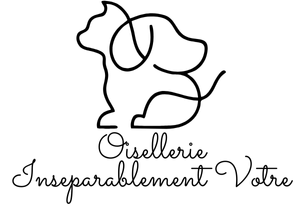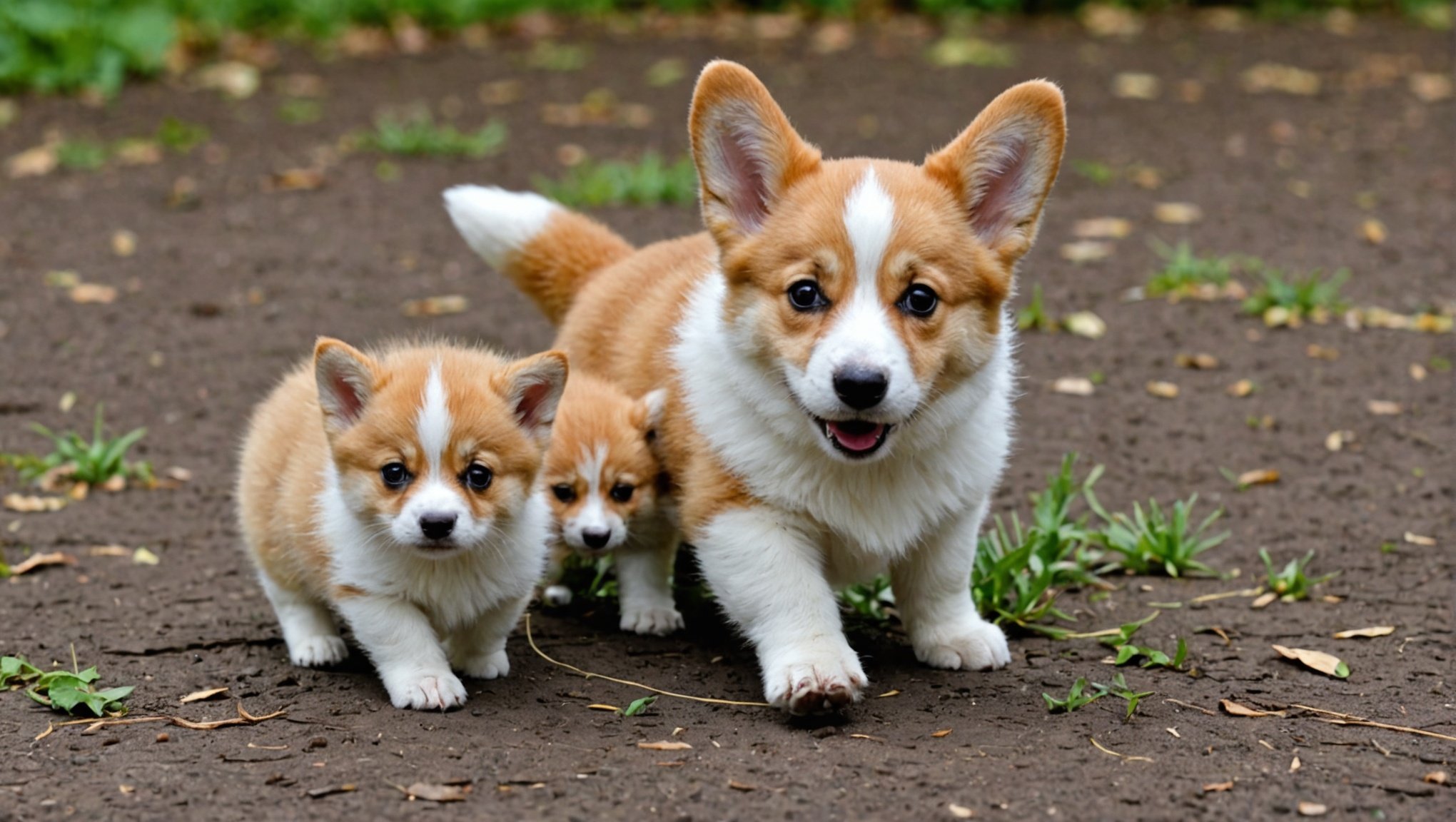Preparing for the Introduction
Bringing a kitten into a home with a Corgi can be an exciting yet delicate process. Initially, assessing your Corgi’s behavior and temperament is critical. This means analysing how the Corgi reacts to other animals, especially indoors, is crucial. A well-socialized, calm Corgi may readily accept a new feline friend, while a more excitable or territorial Corgi might need additional preparation.
Creating a safe and separate space for the kitten is vital to ensure the kitten feels secure and can acclimate to its new environment at its own pace. This involves setting up a dedicated area that the Corgi doesn’t frequent, filled with comforts like a bed, litter box, food, and water. Gradually increasing their exposure can help both pets acclimate to each other’s presence without direct confrontation early on.
Cela peut vous intéresser : Détecter et Agir : Reconnaître les Symptômes de Coup de Chaleur chez votre Bouledogue Français
Gather the necessary supplies for both pets to minimize stress during their initial meetings. This includes having separate feeding bowls, favorite toys for distraction, and plenty of treats for positive reinforcement. Preparing in advance allows a smoother integration, reinforcing positive behavior in both the Corgi and the kitten.
Ultimately, patience and observation are key; by thoughtfully preparing for your kitten’s arrival, you lay the groundwork for a harmonious household between your new and existing furry family members.
A lire aussi : Engaging Activities for Senior Golden Retrievers: Boosting Cognition with Limited Mobility
Gradual Introduction Process
Implementing a gradual introduction process is crucial for ensuring harmonious relationships in both animal and human interactions. By slowly familiarizing parties with each other, stress and anxiety can be significantly minimized.
Controlled Introductions
Controlled introductions involve systematic steps to introduce new members into a group. This method allows individuals to adjust at their own pace. For example, when introducing a pet to a new environment, start by allowing them to explore a small, confined area before gradually expanding their access. This methodical approach helps build confidence and reduces overwhelming feelings.
Using Scent Familiarization
Scent swapping is an effective technique often employed in gradual introductions. By exchanging scents between spaces or belongings, individuals become accustomed to each other’s presence through olfactory signals. This is particularly useful in animal introductions, where scent plays a critical role in communication. Placing a familiar item in the new member’s space can ease their transition and promote a comfortable atmosphere.
Supervised Interactions
Supervised interactions are essential during the initial meetings. Having a watchful eye ensures safety while allowing each party to observe and learn. Short, structured sessions with clear boundaries are recommended. Gradually increase the duration and complexity of interactions as comfort levels rise. By maintaining control, direct encounters can be managed effectively, supporting a positive integration process.
Establishing Boundaries
Creating personal spaces for your kitten and Corgi is essential for a harmonious home. It prevents conflicts and promotes a sense of security. Assign distinct areas where each pet can relax, eat, and play undisturbed. For instance, a cosy corner for the kitten away from the Corgi’s playful energy can be beneficial. This fosters comfort and reduces stress, especially during the initial introduction phase.
Encouraging safe retreat options is crucial. Both pets should have defined territories where they can retreat if they feel overwhelmed. Ensure the kitten has access to elevated areas or spaces where the Corgi cannot reach. Conversely, the Corgi should have a specific zone, perhaps a dog bed in a quiet corner, where it can unwind. This strategy nurtures confidence and independence, decreasing territorial disputes.
Reinforcing acceptable behaviours through positive reinforcement accelerates the boundary-setting process. Celebrate occasions when your kitten and Corgi respect each other’s spaces. Offer treats and praise to emphasise desirable actions, like the kitten resting in its zone or the Corgi remaining calm during the kitten’s playful antics. Positive reinforcement helps establish a routine of respect and understanding that makes boundaries a natural aspect of their coexistence.
Monitoring Interactions
When integrating pets, monitoring pet behavior is vital. Observing body language of both pets helps identify their comfort levels. For instance, a wagging tail from a dog might indicate excitement, whereas the same gesture in a cat could signify irritation. Learning these nuances prevents misinterpretations and ensures smooth interactions.
Recognizing signs of stress is crucial in monitoring. Watch for common stress indicators like tucked tails in dogs or flattened ears in cats. If these signs appear, it’s best to separate them and allow time to calm, avoiding escalation. Sounds such as growling or hissing are clear auditory signals that a pet may feel threatened.
To foster a positive relationship, keep initial interactions brief and controlled. Short and supervised encounters reduce the chance of overwhelming either pet. Starting with quick, calm sessions builds confidence in both the animals and the owner, reinforcing positive behavior patterns.
Remember, interaction quality matters more than quantity. Ensuring every interaction remains pleasant and rewarding will help maintain a peaceful coexistence. Providing separate spaces where each pet can retreat offers a sense of safety and promotes harmony. Through attentive observation and proactive management, pets can gradually grow comfortable with one another.
Behavioral Advice
When it comes to pet behavior guidance, creating a harmonious home environment for both your Corgi and kitten requires a thoughtful approach.
Encouraging Positive Behavior in Corgis
Corgis are energetic and intelligent, which can be both a blessing and a challenge. To foster positive behavior, ensure your Corgi engages in regular exercise and mental stimulation. Training tips, such as reward-based techniques, can reinforce desired behaviors. For example, rewarding them with treats or praise when they display calm behavior around the kitten promotes a peaceful coexistence.
Socializing the Kitten
A well-socialized kitten is more likely to adapt to its new environment seamlessly. Introduce your kitten to different experiences gradually. Start with short meet-and-greet sessions with your Corgi under supervision. Observe their reactions and gradually increase the amount of time they spend together. Positive interactions with your Corgi and other environments will foster a confident and serene kitten.
Integrating Training Techniques
Bringing a Corgi and kitten together calls for strategic integration of training techniques. Collaborative training sessions can aid both pets in understanding each other’s boundaries. Conduct these sessions several times a week, focusing on promoting patience and reinforcing mutual respect. This shared experience builds a foundation for long-lasting friendship and reduces behavioral issues. Ensure both pets have their distinct spaces to retreat to when needed.
Environmental Modifications
When adjusting your pet environment, certain changes can significantly enhance your kitten’s comfort and safety. Creating vertical spaces is a perfect starting point. Kittens love to climb, and having high platforms or cat trees not only satisfies their climbing instincts but also provides safe spots where they can observe and retreat. This can help in reducing stress levels, especially in a multi-pet household.
Securing areas to avoid potential conflicts is equally crucial. Identifying and eliminating zones where your kitten might feel trapped can minimize aggressive encounters with other pets. Strategically placing food and water bowls, litter boxes, and bedding in separate areas can help maintain peace.
Moreover, using barriers or gates can provide safety and flexibility. Gates can be temporary solutions to train kittens to navigate household dynamics. Installing barriers might prevent access to rooms with heavy traffic or hazardous areas such as kitchens or storage rooms. These measures not only protect the kitten but also facilitate a more harmonious living environment.
By making thoughtful adjustments and using appropriate tools, you are ensuring a safe space for exploration and integration, ultimately leading to a happier and healthier kitten.
Post-Introduction Maintenance
Once your pets have been introduced, maintaining harmony requires ongoing effort. Continuing gradual exposure is essential, allowing pets to acclimatise to each other’s presence without rushing the process. It’s important to observe their interactions and separate them again if tensions arise. This helps in establishing a peaceful coexistence gradually, reducing the risk of confrontations.
Regular playtime and bonding activities are crucial for fostering positive relationships between pets. Engaging them in shared activities or parallel play can create shared enjoyable experiences, reinforcing their bond. Activities like interactive play or supervised walks can significantly contribute to their mutual comfort.
It’s also necessary to consider any need for adjusting routines to accommodate both pets. This could involve setting specific times for feeding, walks, or rest that align with each pet’s needs. Ensuring that each pet’s basic requirements are met can prevent competition and stress, which are often the roots of behavioural issues.
Implementing these maintenance strategies consistently can greatly enhance the quality of life for your pets and you. By encouraging a peaceful coexistence, you not only protect the harmony within your home but also nurture a supportive and loving environment for your furry companions to thrive.











